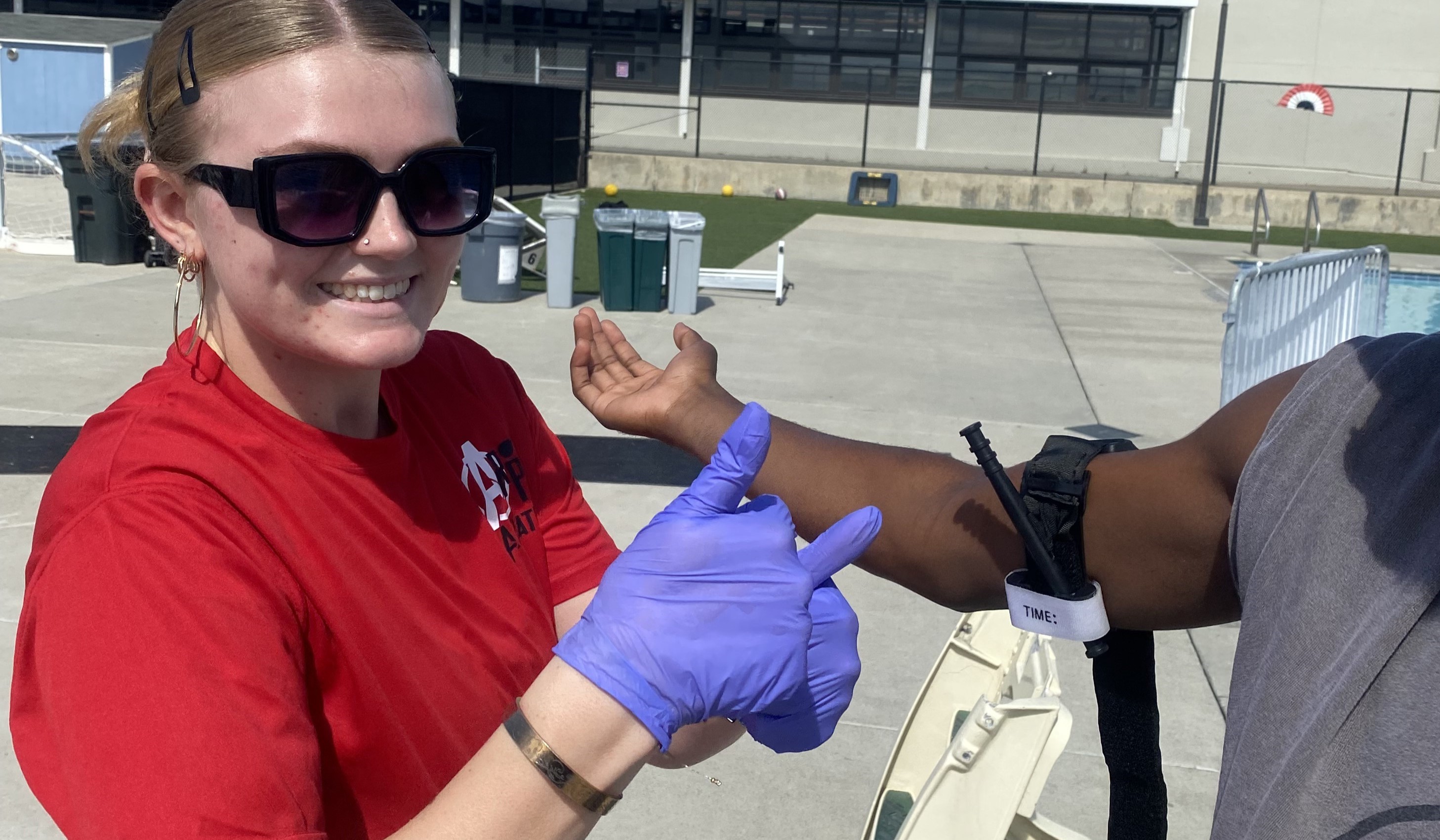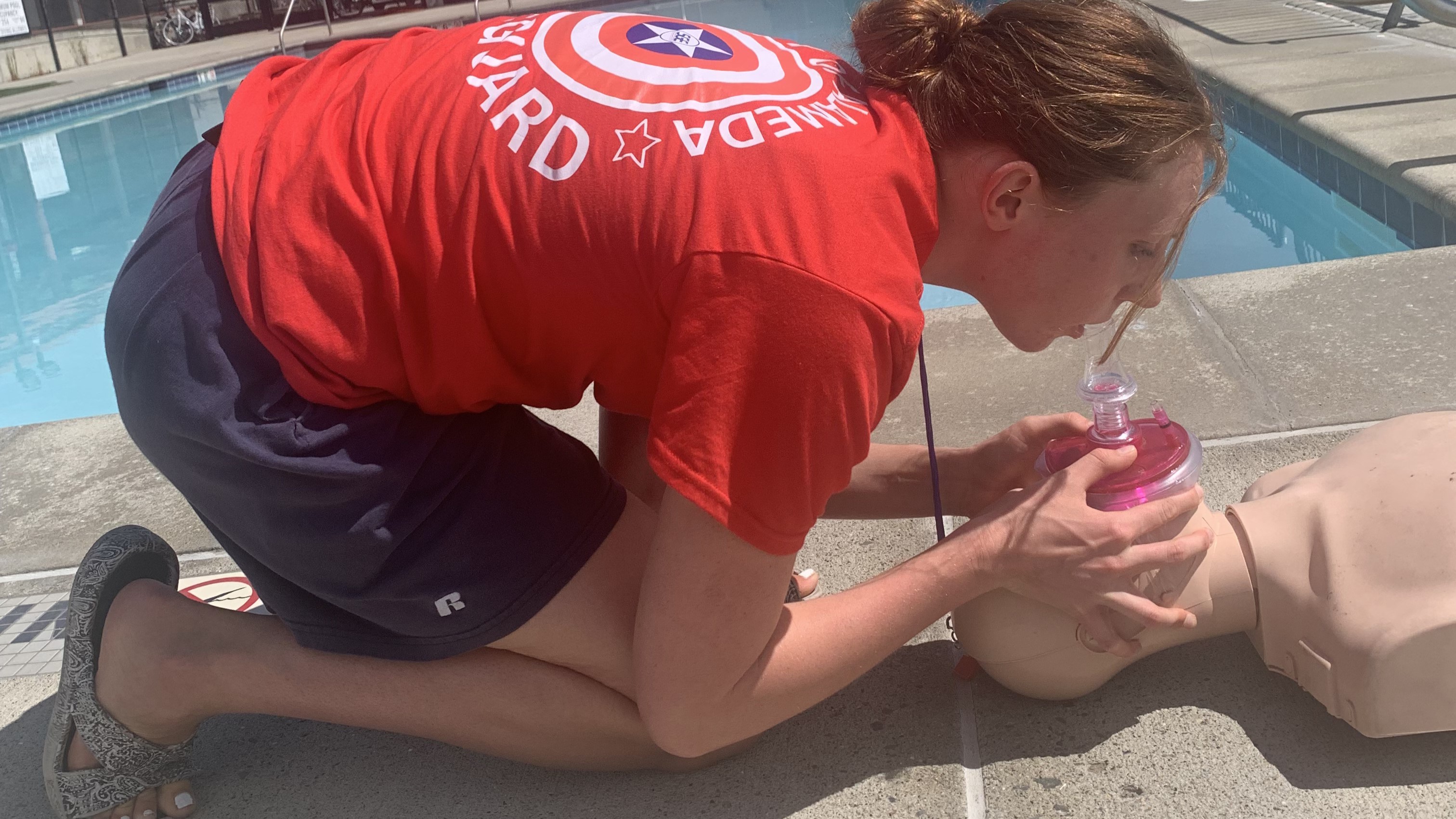May 19-25, 2008, marked the fourth annual National Recreational Water Illness Prevention Week. This annual observance provides opportunities for public health agencies to increase awareness of recreational water illnesses and promote healthy recreational water experiences. More outbreaks of RWIs were reported in 2007 than ever, and numbers could increase in the coming years, according to the Centers for Disease Control and Prevention in Atlanta.
Though most aquatics professionals have educated themselves about RWIs, the general public knows little. And lifeguards, the first line of defense against RWIs, have little to no training about them in their certification courses, even though it is up to them to educate patrons and deal with fecal/vomit incidents.
Therefore, providing in-service training regarding specific RWIs, how to prevent them, disinfection times, and how to log a fecal/vomit incident is essential.
Recently, CDC partnered with the National Swimming Pool Foundation and published RWI Toolkit. It includes 12 steps for aquatics professionals to use in preventing RWIs.
The first step specifically calls for an intentional integration of an RWI protection plan into a facility?s existing risk management plan. Another step stresses the importance of maintaining water quality this includes maintaining the disinfectant at regulated levels; optimal pH (7.2-7.8); alkalinity (80-120 ppm); calcium hardness (200-400 ppm), and total dissolved solids (below 2500mg/liter).
Furthermore, CDC and NSPF also recommend that all pools establish fecal logs. Each incident should be documented by recording the following:
- Date and time of the incident
- Whether it involved formed stool or diarrhea
- Free chlorine and pH levels at the time of the incident
- Free chlorine and pH levels after bathers are allowed back into the pool following the fecal incident
- Other actions taken, including any adjustments for water quality
- How long bathers were out of the pool
- Whether filters required backwashing.
Because pools often are left in the hands of teenage lifeguards, another way to assist them is to establish a log in advance. This will ensure that each occurrence is handled according to CDC recommendations, and also can save valuable time when determining how to handle fecal and vomit incidents.
The log should include all of the items listed earlier, as well as the specific amount of disinfectant needed to bring each pool at the facility to the required levels needed to make the pool safe again for bathers.
For example, if a pool operator is using liquid chlorine and has a chemical feeder set to keep the pool at 3.0 ppm, he/she can calculate the exact amount of chlorine that must be added to increase FAC levels to 20 ppm (recommended by the CDC for diarrhea, for a duration of 12.75 hours). Once a fecal incident occurs, current levels of disinfectant must be tested immediately. Assuming chemical feeders are operating properly, this test is done just to confirm current levels. Then the pre-calculated amount of disinfectant can be added accordingly.
All pool operators should familiarize themselves with the latest information regarding RWIs provided by CDC on its Web site. Having your Fecal Incident Pool Log ready to go is just one way to prepare for the inevitable.



